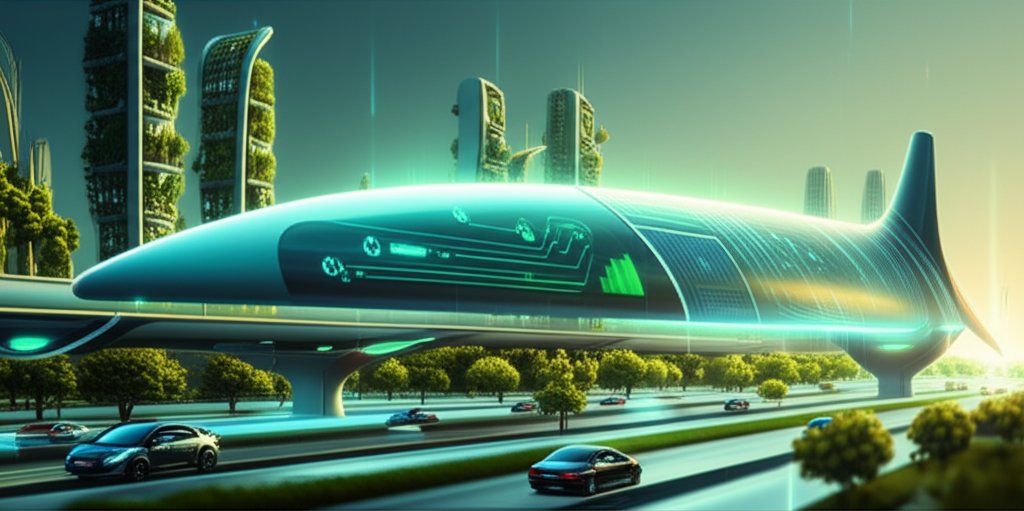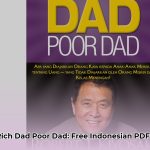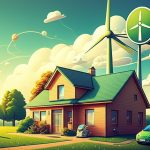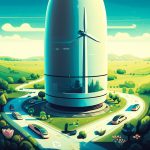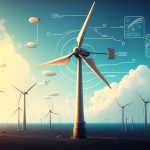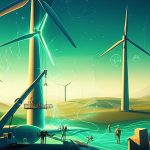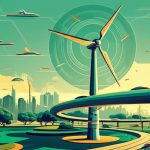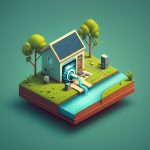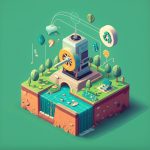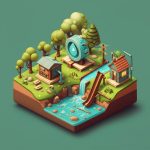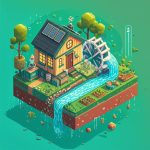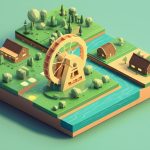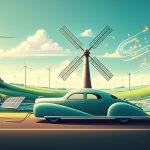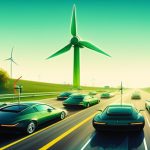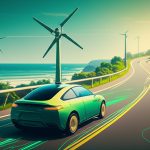Untuk gambaran yang lebih besar dan konteks penuh, pastikan Anda membaca panduan utama kami tentang Nacelle Wind Turbine Innovation: Powering a Greener Future, One Revolution at a.
markdown
The quest for cheaper, cleaner energy has pushed engineers to design ever-larger wind turbines, but the seemingly simple question of optimal ‘wind turbine blade length’ unlocks a complex web of engineering, logistics, and environmental trade-offs. Just because you can build a longer blade doesn’t automatically mean you should.
At a glance:
- Understand the core relationship between blade length and energy capture.
- Weigh the practical limitations imposed by transportation, materials, and site conditions.
- Evaluate the environmental considerations surrounding larger turbines, including noise and visual impact.
- Learn how blade length factors into the overall cost-effectiveness of a wind farm.
- Explore emerging technologies that may reshape the future of blade design and deployment.
The Power of a Longer Blade: Capturing More Wind
The fundamental principle is straightforward: longer blades sweep a larger area, intercepting more wind and thus generating more electricity. The power output of a wind turbine is directly proportional to the square of the blade length. This means doubling the blade length theoretically quadruples the energy captured.
Example: Consider two turbines, Turbine A with 50-meter blades and Turbine B with 75-meter blades. Turbine B will theoretically generate over twice the power output of Turbine A, given similar wind conditions.
However, this theoretical advantage faces real-world constraints.
Practical Limits: Transportation, Materials, and Mechanics
The sheer size of modern turbine blades presents significant logistical challenges. Transporting blades exceeding 70 meters on public roads requires specialized vehicles, escorts, and often, infrastructure modifications like widening roads or raising power lines. These costs can quickly erode the economic benefits of longer blades.
Example: A wind farm developer in a mountainous region discovered that the cost of transporting 80-meter blades to the site exceeded the potential gains in energy production, leading them to opt for shorter, more manageable blades.
Beyond transportation, material science imposes its own limitations. Longer blades are subjected to greater stress and fatigue. They must withstand powerful winds, extreme temperatures, and the constant forces of rotation. This necessitates the use of advanced composite materials like fiberglass reinforced with carbon fiber. These materials are expensive, and their production has environmental implications.
Material Challenge: The heavier the blade, the more stress it puts on the nacelle and tower. Learn about Nacelle innovations and how they are designed to support larger blades and withstand extreme weather.
Furthermore, increasing blade length can lead to aeroelastic instability – a phenomenon where the blades start to oscillate excessively, potentially leading to structural failure. This mandates sophisticated control systems and careful design to mitigate these risks.
Environmental Impact: Beyond Clean Energy
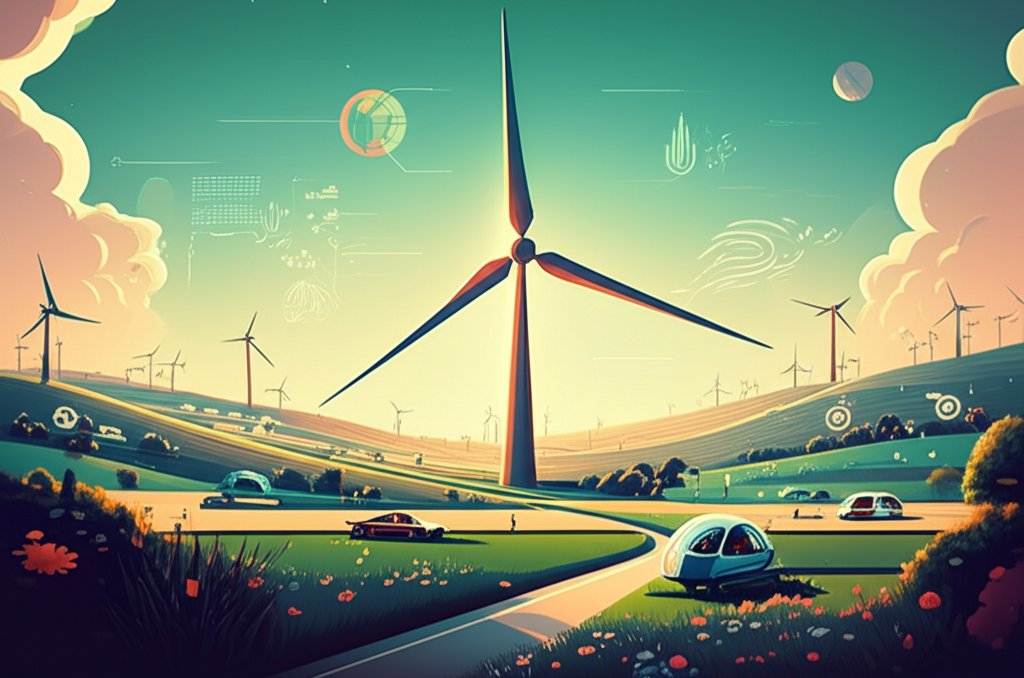
While wind energy is undeniably cleaner than fossil fuels, larger turbines are not without their environmental footprint.
- Noise Pollution: Longer blades rotating at higher speeds can generate more noise, impacting nearby communities and wildlife.
- Visual Impact: Taller turbines are more visible on the landscape, raising aesthetic concerns and potentially affecting property values.
- Wildlife Concerns: While turbines themselves can pose a threat to bird and bat populations, larger turbines necessitate larger wind farms, potentially fragmenting habitats and increasing the risk of collisions. The key lies in effective mitigation strategies, such as strategic turbine placement and operational adjustments during peak migration periods.
- Recycling Challenges: As previously discussed, the blades themselves are difficult to recycle given the composite materials from which they are created. Innovation in this area and the incorporation of circular economy principles are essential.
Cost-Effectiveness: Balancing Output and Expenses
The economic viability of a wind farm hinges on a careful balance between energy production and costs. Longer blades increase energy output, but they also drive up expenses in several areas:
- Manufacturing Costs: Advanced materials and complex manufacturing processes contribute to higher blade production costs.
- Transportation Costs: As discussed earlier, transporting oversized blades can be prohibitively expensive.
- Installation Costs: Larger turbines require heavier cranes and specialized equipment, increasing installation costs.
- Maintenance Costs: Longer blades are more susceptible to damage and require more frequent inspections and repairs.
A thorough cost-benefit analysis is crucial to determine the optimal blade length for a specific project. This analysis should consider not only the initial investment but also the long-term operational expenses and the potential revenue generated by the wind farm.
Emerging Technologies: Reshaping Blade Design
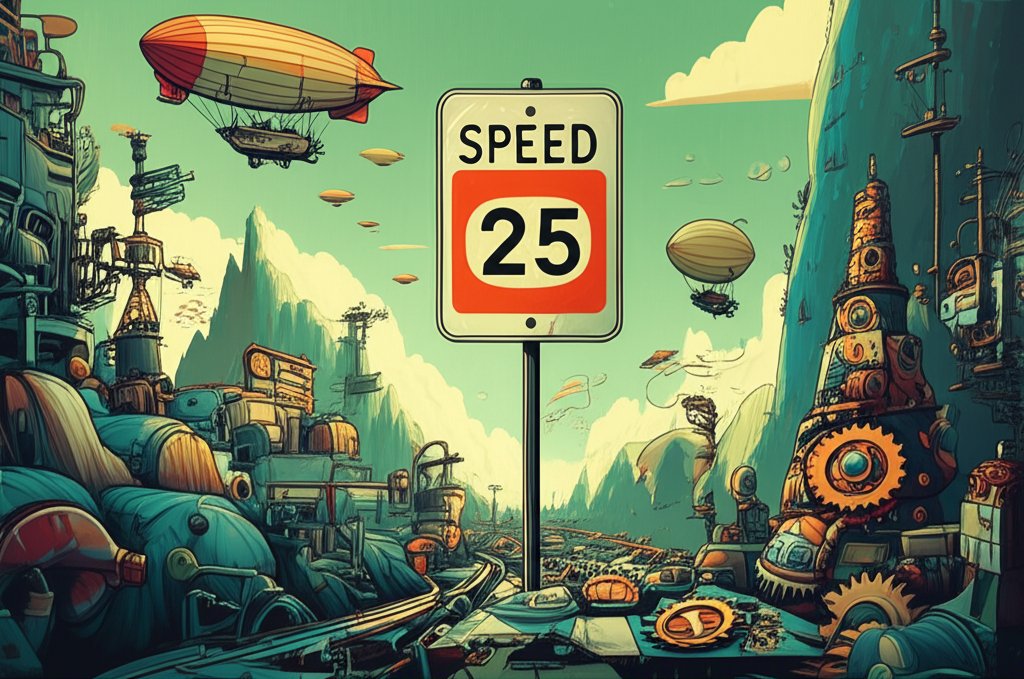
Several cutting-edge technologies are poised to revolutionize wind turbine blade design and deployment.
- Segmented Blades: These blades are manufactured in multiple sections and assembled on-site, simplifying transportation and installation.
- Self-Erecting Turbines: These turbines can be erected without the need for massive cranes, reducing installation costs and enabling deployment in remote locations.
- Advanced Materials: Research is underway to develop lighter, stronger, and more recyclable composite materials for turbine blades. This includes exploring the use of bio-based resins and innovative fiber architectures.
- Morphing Blades: These blades can change their shape in response to wind conditions, optimizing energy capture and reducing stress. While still in the early stages of development, morphing blades hold tremendous promise for improving turbine performance.
Practical Playbook: Steps to Determine Optimal Blade Length
Here’s a simplified decision tree that can help guide the selection of optimal blade length for a given wind farm project:
- Assess Wind Resource: Conduct a thorough wind resource assessment to determine the average wind speed and turbulence intensity at the proposed site.
- Evaluate Site Constraints: Consider transportation limitations, environmental sensitivities, and regulatory requirements.
- Model Turbine Performance: Use specialized software to model the energy production of turbines with different blade lengths, taking into account wind conditions and site constraints.
- Estimate Costs: Develop detailed cost estimates for manufacturing, transportation, installation, and maintenance of turbines with different blade lengths.
- Conduct Cost-Benefit Analysis: Compare the energy production and costs of different turbine options to determine the most cost-effective blade length.
- Consider Emerging Technologies: Evaluate the potential benefits of incorporating segmented blades, self-erecting turbines, or advanced materials into the project.
- Refine Design: Optimize the blade design to minimize stress, reduce aeroelastic instability, and maximize energy capture.
Quick Answers: Common Questions About Blade Length
- Q: Is there a theoretical maximum blade length?
- A: Not really, but practical limitations related to materials, transportation, and cost currently limit blade lengths to around 120 meters.
- Q: Are longer blades always better?
- A: No. Longer blades increase energy output, but they also drive up costs and can pose environmental challenges. The optimal blade length depends on the specific characteristics of the wind farm site.
- Q: What role does the nacelle play in blade length design?
- A: The nacelle houses the generator, gearbox, and other critical components. Its design must be robust enough to support the weight and forces generated by the rotating blades, particularly as blade length increases. An efficient nacelle design is critical for maximizing energy capture and minimizing downtime.
- Q: Can existing wind farms be retrofitted with longer blades?
- A: It’s possible, but it’s a complex and expensive undertaking. The existing turbine tower and foundation may not be strong enough to support the increased weight and forces of longer blades. A thorough structural analysis is required before considering a retrofit.
- Q: How do regulations affect blade length?
- A: Regulations regarding airspace, noise levels, and environmental impact can limit the permissible height and size of wind turbines, indirectly affecting blade length.
Beyond the Horizon
Determining the optimal ‘wind turbine blade length’ is an exercise in considering many variables. While chasing ever-longer blades might seem like the obvious path to more power, a holistic view that incorporates real-world constraints, environmental considerations, and emerging technologies will ultimately drive the industry toward a more sustainable and cost-effective future. With continued innovation in materials, design, and logistics, we can expect to see even more impressive wind turbine blades gracing the landscape, powering a greener tomorrow.
- Portable Water Turbines Generate Clean Electricity for Outdoor Living - December 10, 2025
- Micro Hydro Kit Delivers Renewable Energy to Your Home Grid - December 9, 2025
- How to Select the Perfect Hydroelectric Generator Kit - December 8, 2025
